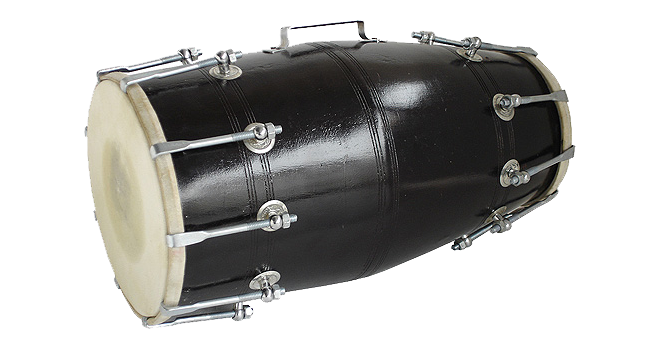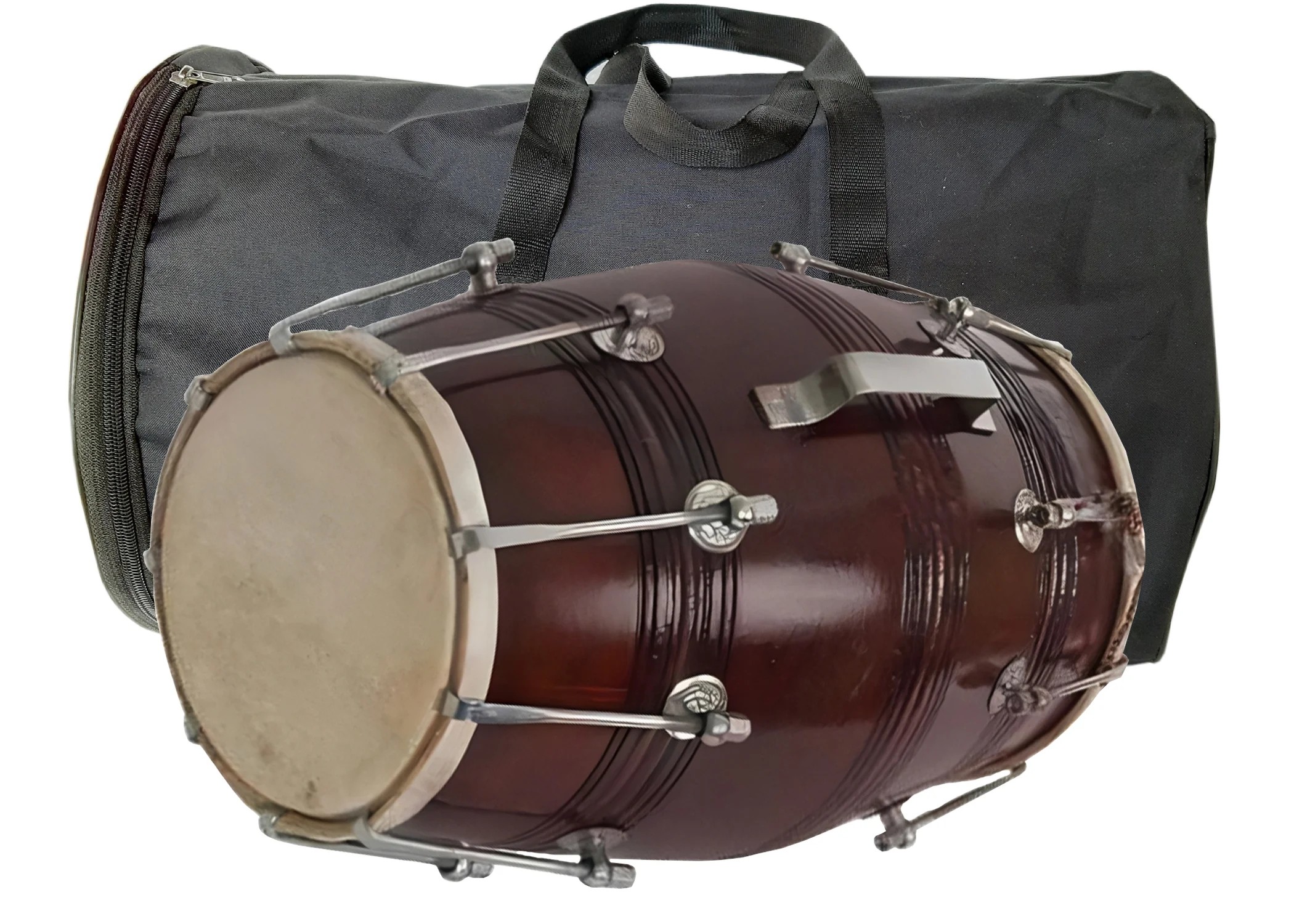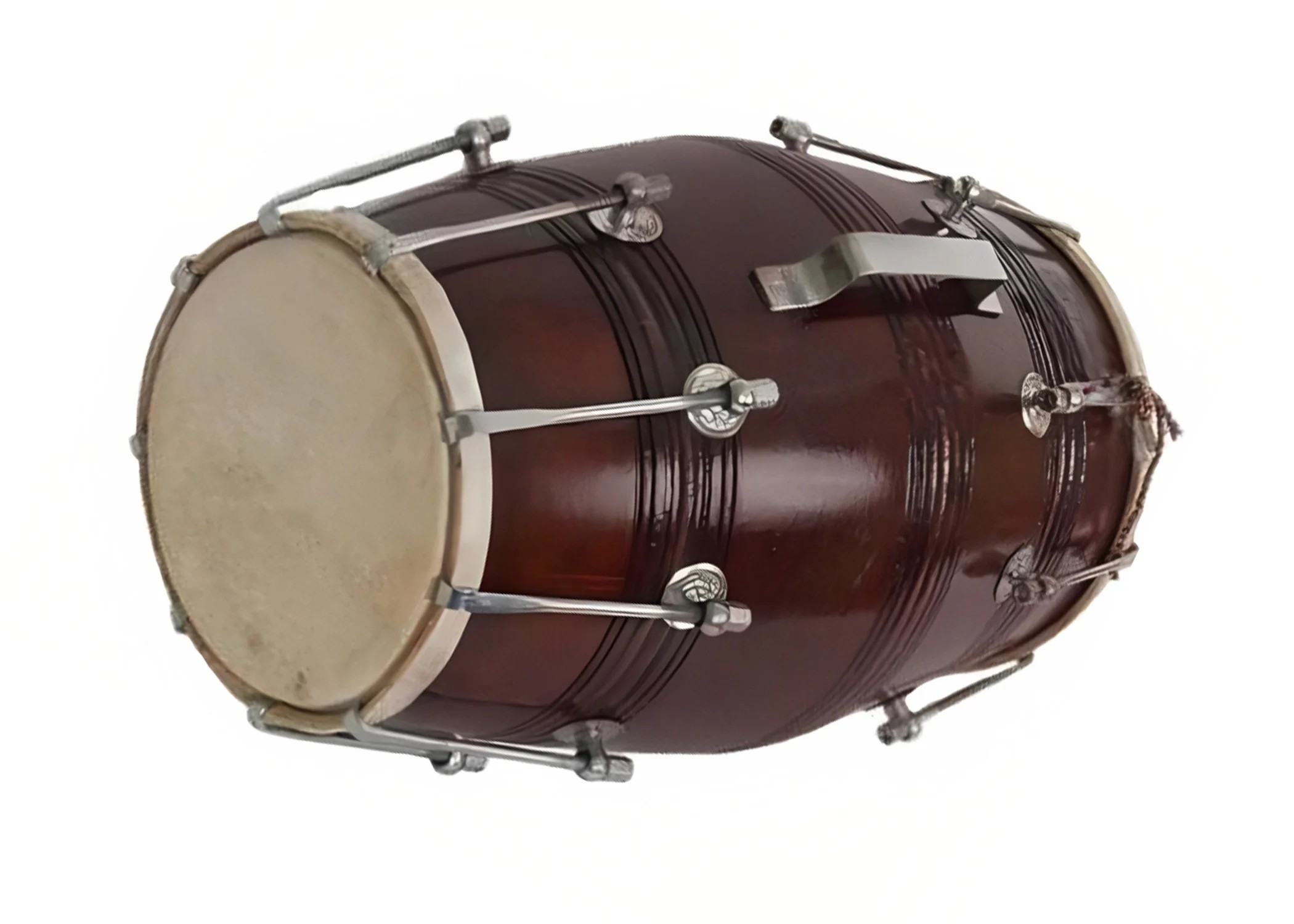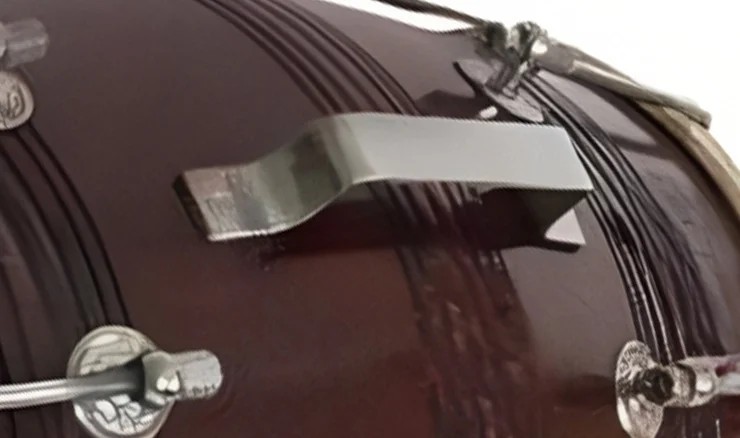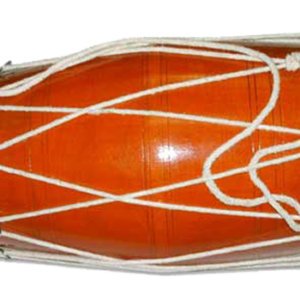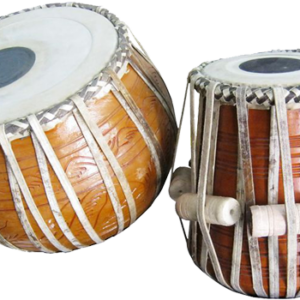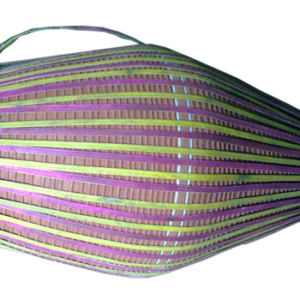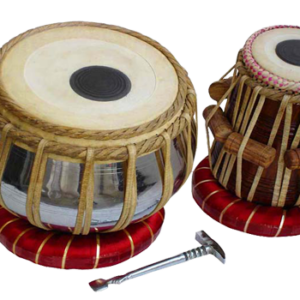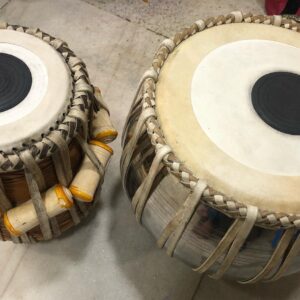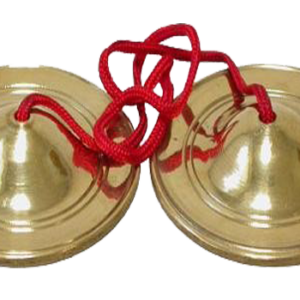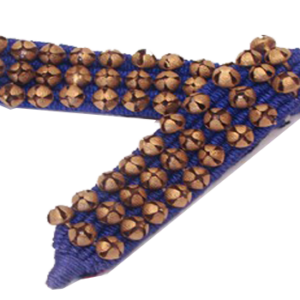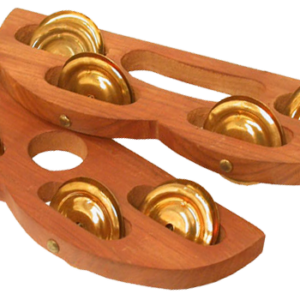Description
Dholak (Nutbolt)
Special Features:
Nice sound & quality.
Delivery Time: 7-10 Working Days after Successful Payment.
For More information SMS 4300N Name Email Country and Send to +919830066661
N.B: All prices are inclusive of Shipping (International Air Mode)/ Packing/ Tax/ Insurance. No hidden cost. Read our Terms & Conditions, Privacy Policy and Shipping Policy.
In The Box: Dholak (Nutbolt), Range, Bag
History (Wikipedia):
From where we get Dholak (Nutbolt)- Small history below:
Our knowledge about the Dholak (Nutbolt) is from Wikipedia. As per Wikipedia, we shared this small history to let our customers know about the Dholak (Nutbolt) history. Musicians, indeed, recognize the dholak as a two-headed hand drum, which is a folk percussion instrument. People most commonly recognize the dholak, particularly, in countries such as India, Pakistan, Bangladesh, Nepal, and Sri Lanka. Notably, the dholak measures anywhere from 16″ to 24″ in length. Furthermore, musicians widely use it in various genres, including qawwali, kirtan, bhajan, bhangra, chutney, baithak gana, Bollywood film songs, lokgeet, and various classical styles such as Hindustani, Carnatic, and Trinidadian local classical / Guyanese taan.
Additionally, the drum features two different sized drumheads. Specifically, a smaller drumhead can measure from 5.5 to 8 inches in diameter and produces sharp notes, while, on the other hand, the bigger drumhead, which can measure from 7.5 to 10 inches in diameter, creates low pitch.The two drumheads, consequently, allow musicians to combine bass and treble with rhythmic high and low pitches. Furthermore, artisans make the body or shell of the dholak from sheesham or mango wood. In addition, they apply a compound of tar, clay, and sand, called “masala,” to the larger drum head to lower the pitch and produce sound.
Commonly in the Indian subcontinent, musicians use only one set of rings to tune the treble side of the dholak; however, in the Caribbean (Trinidad, Guyana, and Suriname), they place hook screws into the sides of the dholak to allow tuning of both the treble and the bass. Ultimately, players can perform on the dholak in three ways — on their lap, while standing, or pressed down with one knee while sitting on the floor. This provides a basic history of the instrument.
